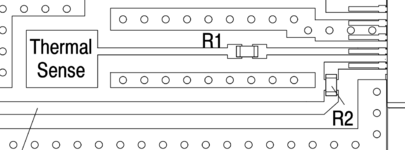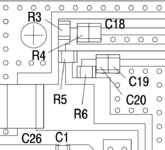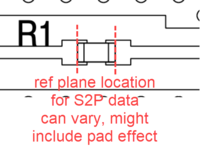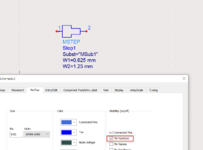mohamis288
Full Member level 3

Hi,
I know that MSTEP is necessary for simulation parasitic discontinuity. For example, discontinuity between two T.L. with different length. But recently, I find out we can use that as discontinuity for component lead. There is a document from NXP about that but I can not understand it. I mean it differs from what I understand in the previous application. For example, there is discontinuity between the component lead and lead pad. Also, there is discontinuity between lead pad and transmission line which is connected to it. So I should use two MSTEP component. no need to mention that MSTEP Does not add any trace in layout. Can someone explain it?
I know that MSTEP is necessary for simulation parasitic discontinuity. For example, discontinuity between two T.L. with different length. But recently, I find out we can use that as discontinuity for component lead. There is a document from NXP about that but I can not understand it. I mean it differs from what I understand in the previous application. For example, there is discontinuity between the component lead and lead pad. Also, there is discontinuity between lead pad and transmission line which is connected to it. So I should use two MSTEP component. no need to mention that MSTEP Does not add any trace in layout. Can someone explain it?






